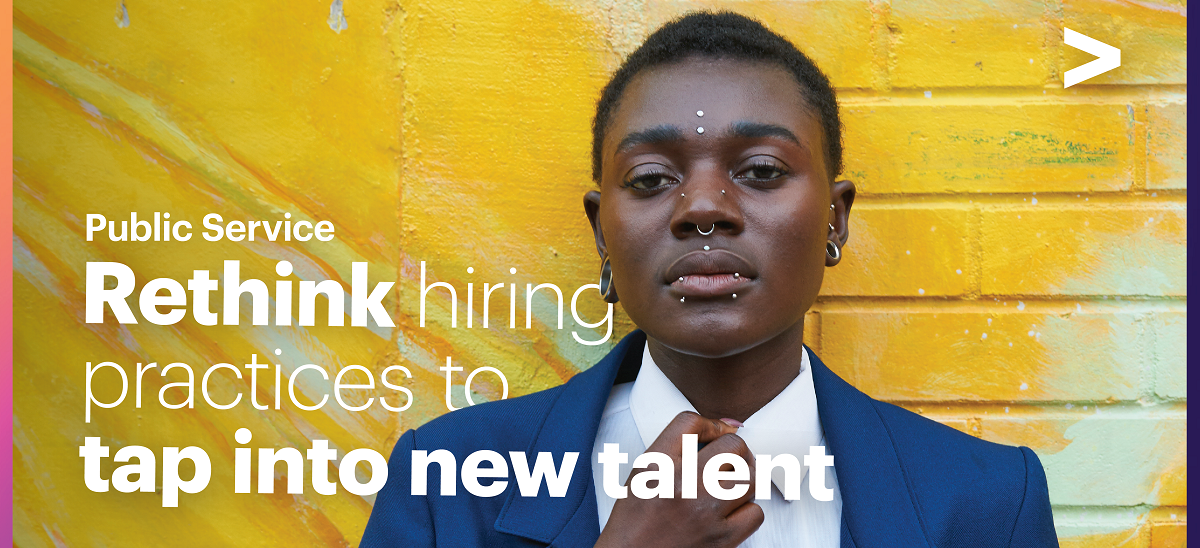By Rainer Binder, Managing Director – Global Social Services Lead, Accenture
Employers in all sectors are struggling to find the talent they need. Social service agencies are no exception. But are they looking everywhere they can for possible talent? Research by Accenture and Harvard Business School identifies that there’s a pool of talent that goes unseen. They call this group of people “Hidden Workers’. These “hidden workers’ are obscured because they don’t meet the conventional criteria for employment. The recruitment methods and channels that agencies use to find workers miss them. Yet many are eager to find work and possess skills and attributes that are in high demand by social service agencies.
A missed opportunity
This is potentially a huge, missed opportunity for social services agencies. Research reveals that employers that take steps to locate and hire hidden workers are more than amply rewarded for their efforts. Nearly two-thirds of those taking on hidden workers reported that they performed “significantly better” than average in six key areas that matter most to employers: attitude and work ethic, productivity, quality of work, employee engagement, innovation and attendance.
Why workers are hidden
Why are some workers hidden? They may not have the traditional educational background or have lengthy gaps in their career experience. They may have family or caring commitments, a lifestyle or a location that prevent them from accessing employment through the usual routes. Criminal records or mental and physical health issues could also exclude them.
Falling at the first hurdle
The recruitment tools that employment, welfare, pensions and other social service agencies routinely deploy compound the problem. These may be designed to screen out individuals against a range of rigid criteria, which means that hidden workers fall at the first hurdle. Excessively specific job descriptions, inflexible working practices, and difficult job application processes can all contribute, too. Overall, the research shows that just 7% of hidden workers manage to obtain a full-time job offer, and one in two applying for work in the public sector said that the job application process itself stopped them from applying.
An inclusive approach
Social service agencies need to find the talent that can help them deliver the services and support that are in high and growing demand. Hidden workers could be a valuable source of talent and skills to meet that need. So, what can social services agencies do differently to tap this opportunity?
Fundamentally, they need to find ways to “screen candidates in’ rather than exclude them before they start. That might include, for example, adjusting automatic process filters so that high-potential candidates who don’t fit the mould are not immediately cast aside. Redesigning the application process from the users’ perspective can offer a more welcoming invitation. And taking a broader approach to skills required in job descriptions could also help hidden workers to see their skills as relevant and suitable.
Overall, it’s clear that social service agencies need talent. Hidden workers are a huge, untapped source. Adjusting hiring processes could just be the answer.
